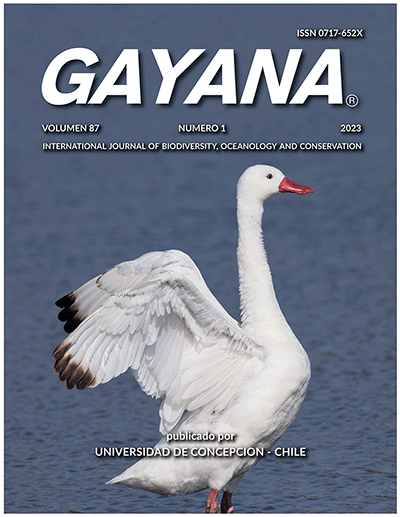Abstract
Records of the scleractinian and alcyonarian communities in 9 sampling areas of Banco Chinchorro were analyzed in relation to their spatial distribution in two no consecutive years (2013 and 2018). The area similarities comparison was determined by the values of the second order information index. Cluster analysis show strong differences in the spatial structure of the two groups and resulting in different responses to the control forces in the ecosystem. The indicator species of the characteristics of the ecosystem are Mycetophyllia lamarckiana and Muricea muricata for the hard and soft corals respectively; but in general, a change of dominance in the community of corals from scleractinians to octocorals is perceived. The combination and pressures of these forces make the ecosystem more vulnerable to modifications that cannot be reversed later, resulting in permanent unwanted changes or at least a decrease in its capacity to generate ecosystem services. It is necessary to continue documenting these unwanted alterations and transformations to discover causes and, where appropriate, intervene in an active management towards more desired configurations.

This work is licensed under a Creative Commons Attribution-NonCommercial 4.0 International License.
Copyright (c) 2023 Daniel Torruco, M. Alicia González

